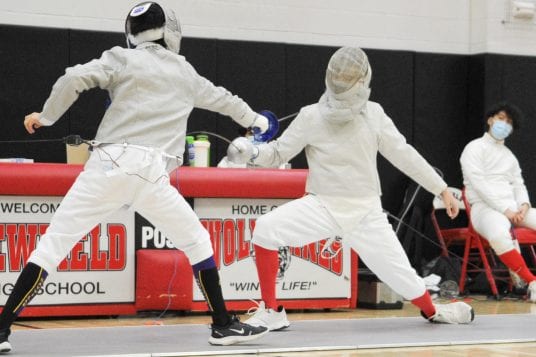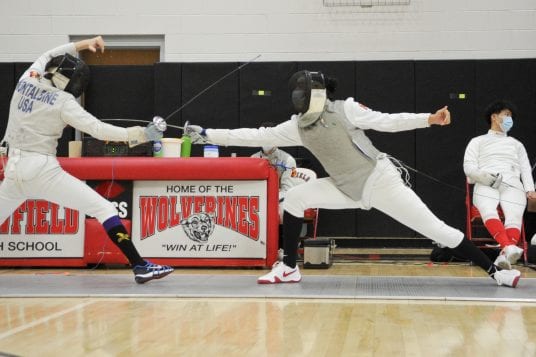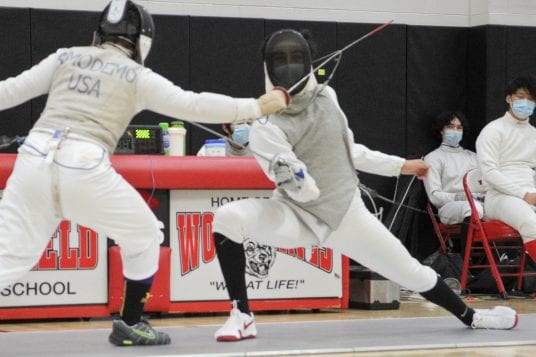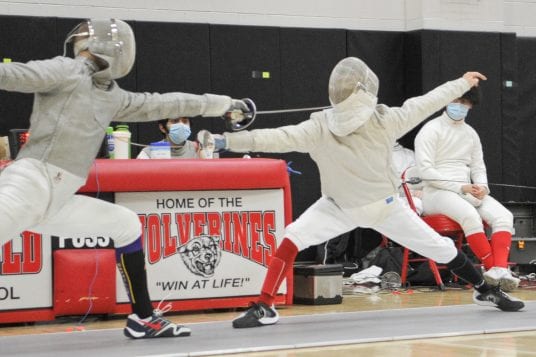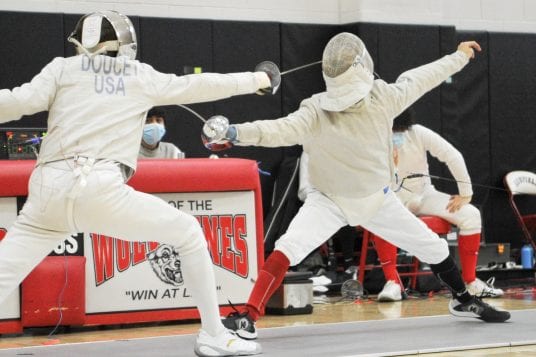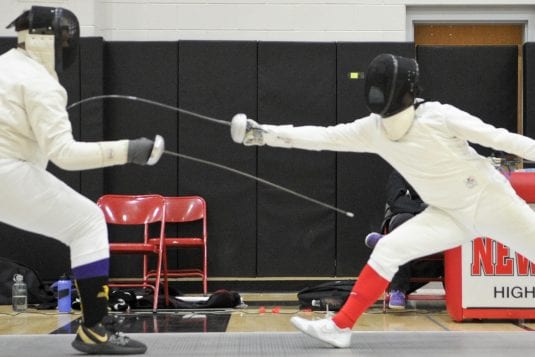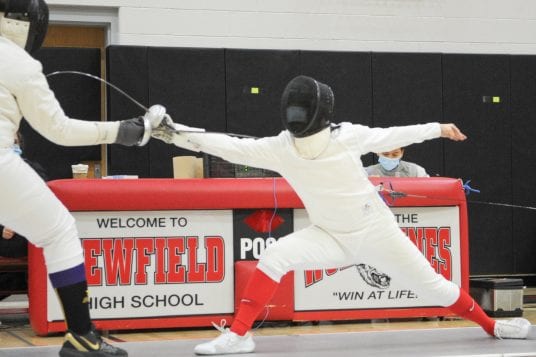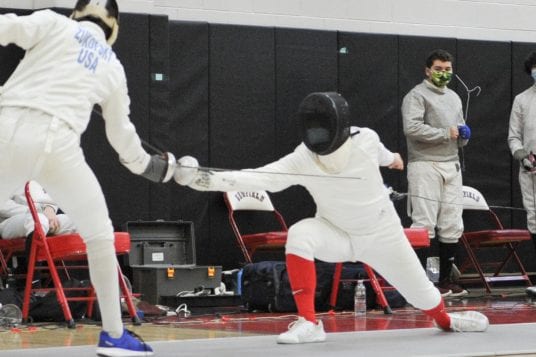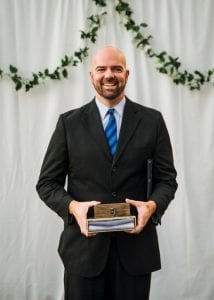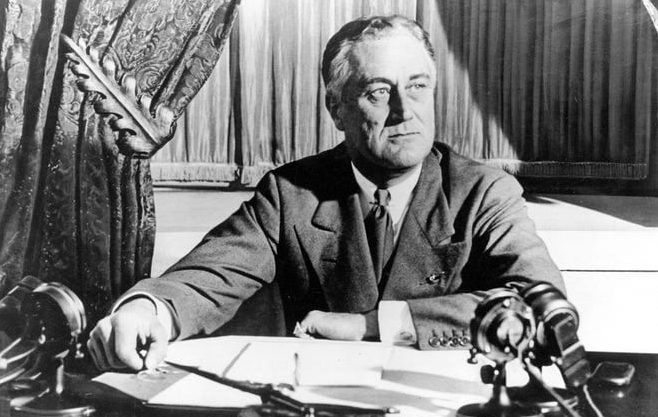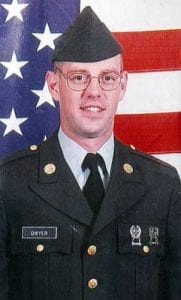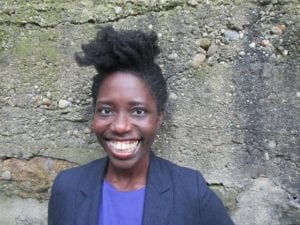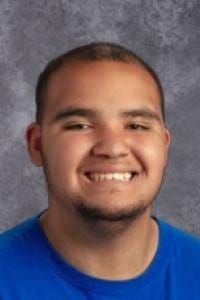PSEG Long Island is alerting customers about scams from people impersonating employees and demanding immediate payment.
The utility said scammers contacted more than 500 customers between Dec. 20 and Jan. 2, alleging overdue balanced and threatening to cut off power.
PSEG said some scammers have used a standard tactic of asking customers to buy a prepaid debit card, such as Green Dot, to pay for their alleged overdue bill, while others demanded payment through Zelle, an online fund transfer platform.
PSEG LI, however, offers numerous payment options and does not accept prepaid debit cards or Zelle.
“Somebody represents themselves as one of our employees, states that the customer is in arrears [and] gives them a couple of hours to get some pressure going,” said Robert Vessichelli, senior security investigator for PSEG Long Island. “They say they are going to cut power in a matter of two hours.”
Phone scammers, who have typically come from out of the country in places like India and the Dominican Republic, had started off by targeting mostly commercial accounts, Vessichelli said. Usually, people running a business may have an administrator paying their bills and they may not be sure if their advisor or accountant made payment.
“They are more vulnerable, especially people who deal with perishable goods” because losing power could have dramatic consequences on their business, Vessichelli said.
More recently, scammers have targeted a geographic area, as PSEG has collected numerous calls from the same neighborhoods.
The money scammers request is usually an odd number, such as $498.95. Some of the people scammed have paid as much as over $5,000. The average scam payment is closer to $500.
Some of these scams encourage people to send money several times, claiming that the funds never transferred. In one case, Vessichelli said the scammers received money three times, each time making a phony promise that they would return overpaid funds.
Vessichelli warned customers not to rely on caller ID because some of these scammers spoof the number and identification to make it look like PSEG is calling.
Since August of 2013, the number of people who have reported scam calls or visits is 23,326, with about 1,194 people, or 5.1%, falling victim to these efforts.
In 2013, the percentage of people who paid these fraudulent claims was over 10 percent, but that number has fallen as the company has made a concerted effort to educate consumers.
“We would never make a phone call and say, ‘We’re going to cut your service off in two hours,’” Vessichelli said. “That’s not the procedure we use. We would contact people numerous times and try to give them a payment agreement. “
The company also said it had suspended electrical cut off for non-payment during the pandemic.
In addition to the calls, some scammers show up at people’s doors and even wear clothing with the PSEG emblem and have the company name on their cars.
The people who come to the door sometimes work with a partner who searches the house for jewelry, cash or other valuables, while someone allegedly checks electrical equipment or the meter.
Vessichelli urged customers concerned about an unannounced visit from someone claiming to be from PSEG to call the company to confirm that the person is a legitimate employee. The number to call is (800) 490-0025. Customers can also call that number to check on the validity of a call they suspect may be a scam.
Vessichelli said PSEG has had occasion to knock on customers’ doors in case of a temporary outage or other problem. If customers prefer to call the company before allowing anyone entry in their houses, the technician can wait.
Customers have received calls from people claiming that they owe money for a deposit for priority meter installation. PSEG said customers are not required to pay a deposit for such installations.
PSEG said customers can recognize a scammer because he or she may ask for email for payment in prepaid debit cards or a MoneyGram transfer, or to send money to an out-of-state address.
PSEG urged customers not to arrange payment or reveal account information or personal information, such as social security numbers or credit or debit card numbers, over the phone.
Genuine PSEG representatives will explain why they are calling and provide the account name, address and current balance. If the information is incorrect, the customer is likely speaking with a scammer.



